Nestled in the heart of Presidio Park is one of the area’s more popular attractions: the Walt Disney Family Museum. We arrived at the park quite early in the morning (10am, which is considered early for SF) and there was already a crowd of people rushing and pushing to get inside.
From outside, the building looks small and it’s difficult to tell how far along the Presidio complex the museum goes. Once inside it becomes an endless labyrinth of rooms, displays, posters, Disney tchotchke collectables, and hand-drawn cartoons. I would say that the museum contains a dizzying amount of information and at some point to you need to leave, absorb information, and then go back to see more.
Walt Disney was born on December 5, 1901, in Chicago to an Irish Canadian family who moved a fair bit during Walt’s first 5-years of life. In 1906, the family finally settled in Missouri and when the dust settled, Walt began to show a real talent for sketching. The next decade for Disney is a blur of schools, cartooning, and working as a newspaper delivery boy.
At the age of sixteen, Disney tried to enlist and join American troops in Europe (WWI) but was rejected because he was too young. He discovered soon after that you only need to be 17-years old to join as an ambulance driver; he put his drawing and penmanship to use and altered his enlistment paperwork to make himself older. This worked and he spent a year abroad working for the Red Cross and drawing political cartoons for army newspapers and communications.

Once back in the US, Walt’s brother Roy found him a job at Pesmen-Rubin Art Studio where he drew advertisements for newspapers, magazines, and movie theatres. It was here that Disney met the person who would be loyal to him throughout difficult times and also through the creation of some of Disney’s most iconic images: cartoonist Ubbe Iwerks.
The two started their own company: Iwerks-Disney Commercial Artists, which had a rather short life. From here the artists went on to work at the Kansas City Film Ad Company. This was a defining moment in Walt’s career; this is where he started to experiment with moving animation, celluloid, and moving pictures. Also, at this point a third person entered the cartoonist’s friendship circle: Fred Harman who eventually became famous for the Red Ryder comic book series.
Disney and Harman started Laugh-O-Gram Studios together where they produced a popular Kansas City series called Newman Laugh-O-Grams. They hired a handful of animators including Ubbe Iwerks. But, like previous attempts at forming a studio, this was not successful and the company went bankrupt rather quickly. It was this failure prompted Disney to leave Missouri and move to L.A.; with him, he took his friends, his brother Roy, and on arrival in L.A. quickly founded Disney Brothers’ Studio.
One of Disney’s most iconic and famous quotes is: “I only hope that we don’t lose sight of one thing – that it was all started by a mouse.” This is not entirely true because it really all started with a little girl named Virginia Davis.
While still in Kansas City, Disney worked with a young child actor (Virginia Davis) to create a half live-action, half animated series of shorts called Alice Comedies. There was no interest in these while Disney was in Missouri but he soon found interest in California and distributers requested more of Disney’s Alice’s Wonderland creations. The series was a hit and lasted until the late 1920s.

After Alice came the rabbit that Disney would fight for 80-years: Oswald the Lucky Rabbit. Oswald was created by Ub Iwerks and Walt Disney for Universal Studios in response to the studio’s desire to find a character that would launch a new cartoon series (1927). Oswald was an instant success but for Disney, this success was short-lived.
While on a trip to New York to negotiate higher wages, Disney was instead told by Universal that they were cutting his wages by 20%. He quit on the spot and lost all rights to the Oswald cartoons. This is something that haunted Disney for decades; and, the Disney Corporation wouldn’t finally regain control of Oswald until 2006.
In a further twist, Universal used Disney’s animators, including friend Fred Harman, to continue the series. The only friend who stood by Disney and refused to stay with Universal was Iwerks.

On the train ride back to Los Angeles from New York, Walt came up with the idea for a new character that he and Iwerks later developed in secret: Mickey Mouse. Mickey (who was originally named Mortimer) first appeared in a screen test called Plane Crazy. He then officially debuted to the public in a short film called Steamboat Willie, of which a portion is still seen at the beginning of Disney movies (as the company identifier). This was Disney’s first synchronized sound cartoon.

You’d have to live under a rock to not know about Mickey Mouse and how this character became the most successful and popular cartoon character in film history. It’s also still the icon associated with one of the world’s largest media conglomerates: The Walt Disney Studios. A flood of cartoons and ideas quickly came for the Mickey Mouse Universe: Minnie Mouse, Pluto, Donald Duck, Goofy, etc. These were followed by the animated movies that we all grew up with: Snow White, Sleeping Beauty, Bambi, Pinocchio, Fantasia, Dumbo, The Jungle Book, etc.

The impact that Walt had on Western culture is immeasurable; I’d argue that he made America what it is today. And, around the time of the creation of Mickey Mouse, he stopped trying to catch up and break even with the cartoon industry and became the industry. He and his vision set the path that others would follow.
Walt died on December 15, 1966, of lung cancer at the age of 65. He had two children: Diane and adopted daughter Sharon Mae. Diane was the co-founder of The Walt Disney Family Museum.
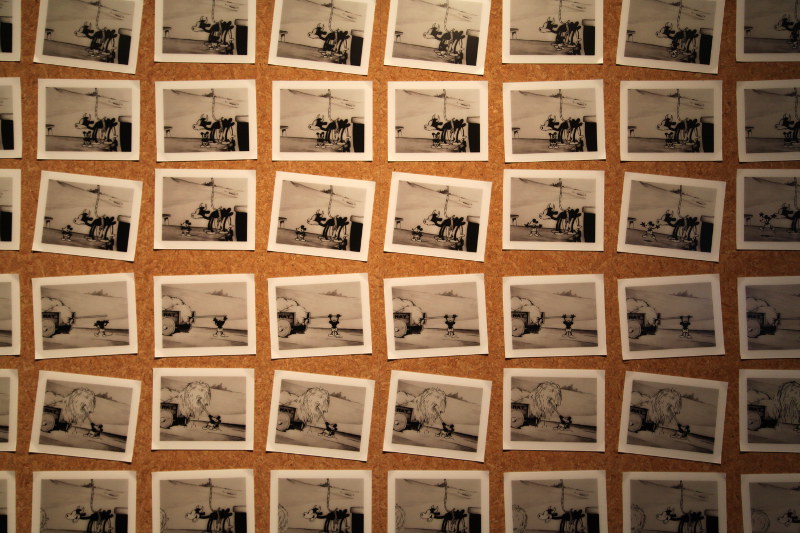
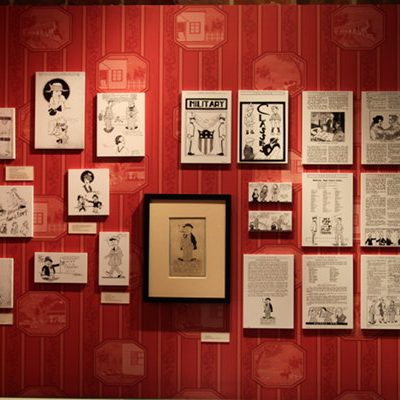
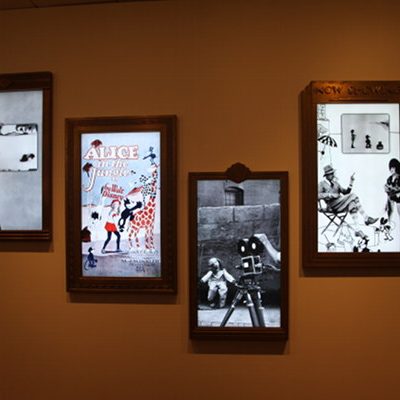
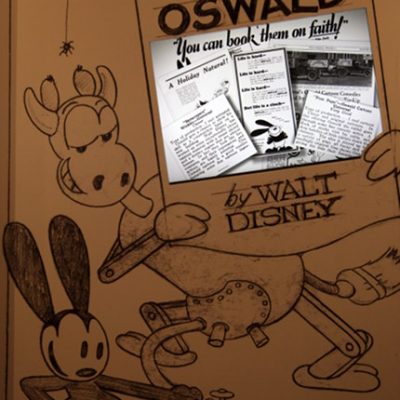
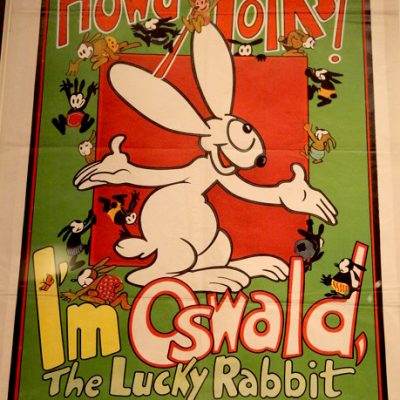
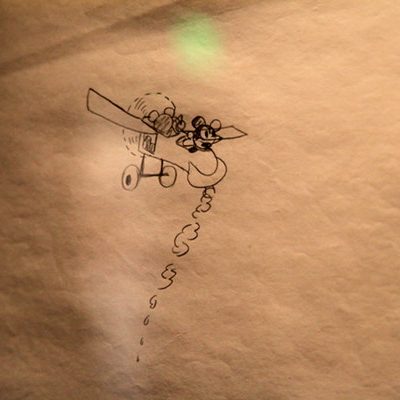
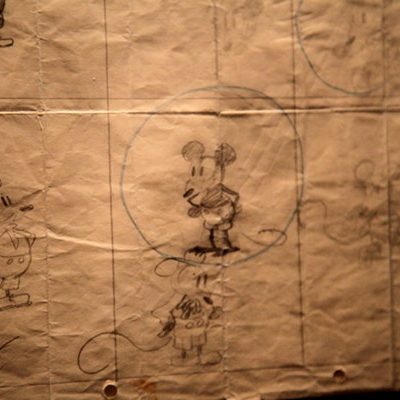
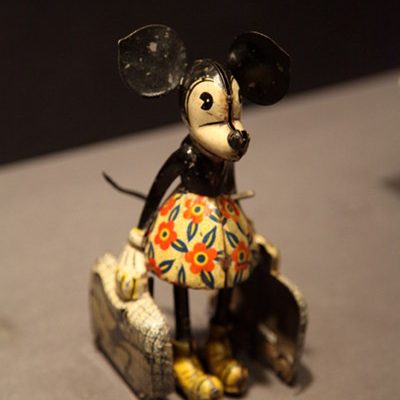
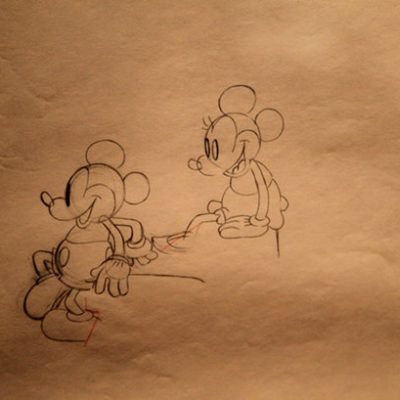
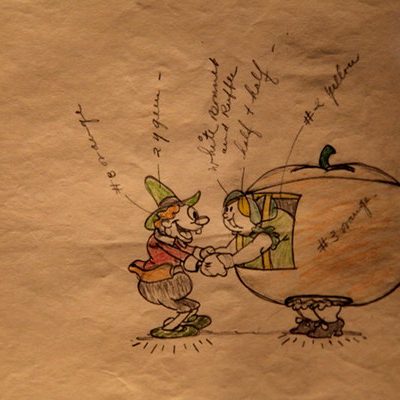
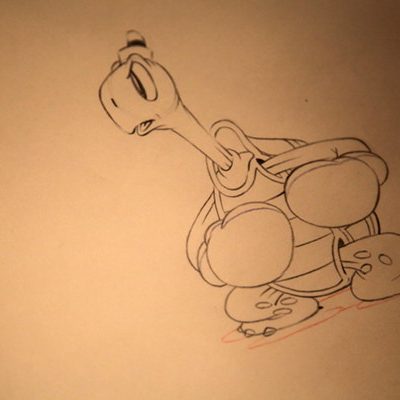
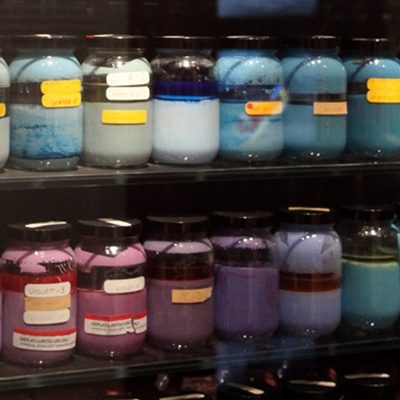
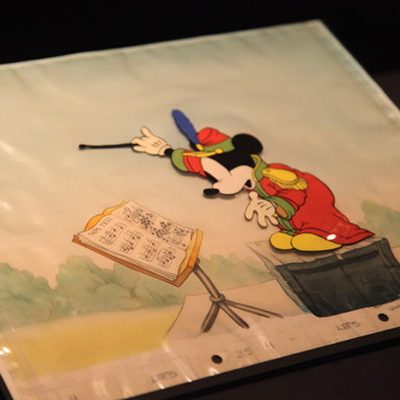
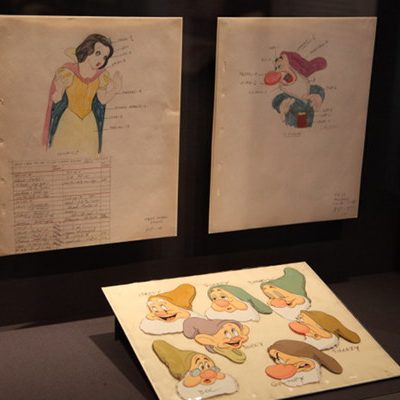
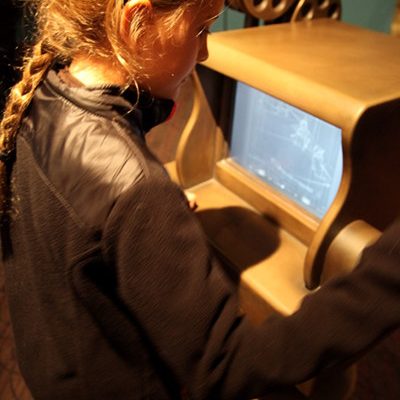
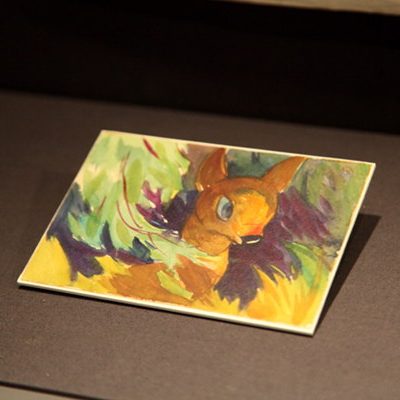
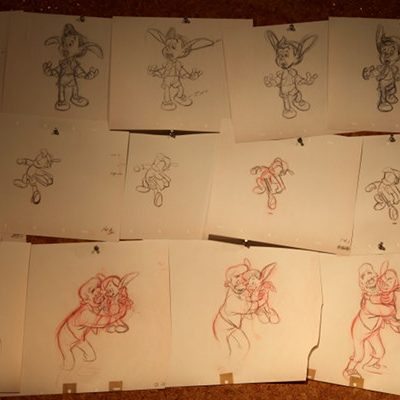
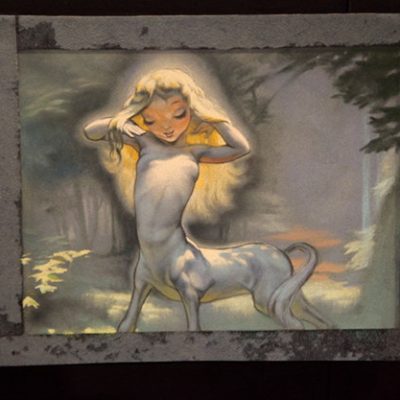
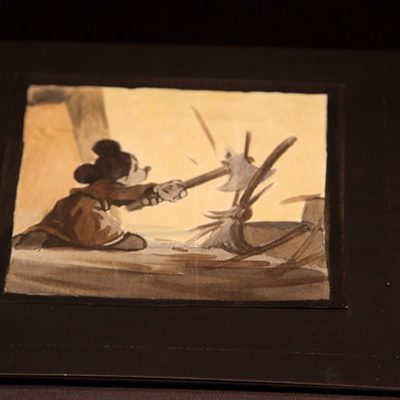
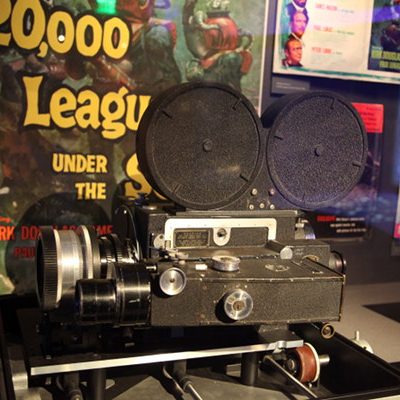
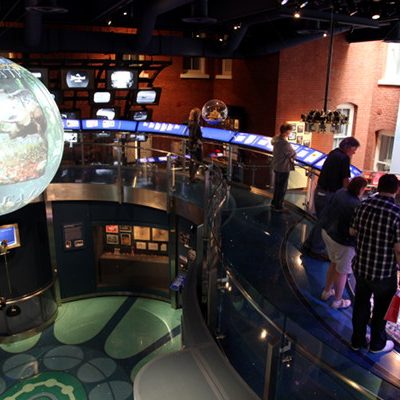
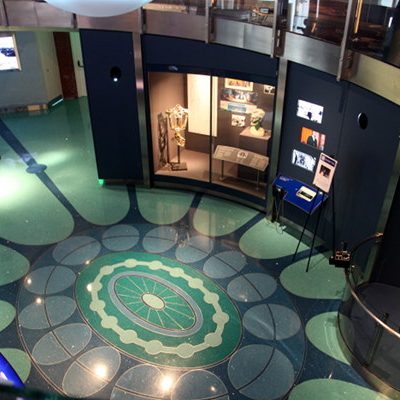
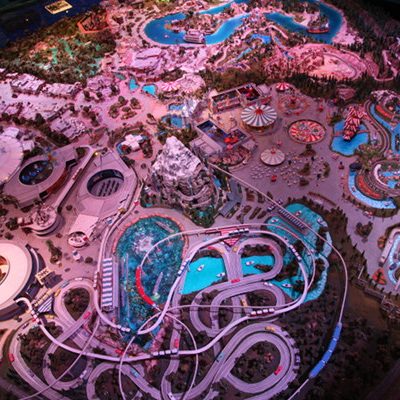
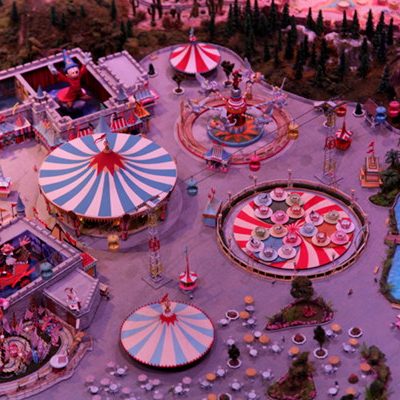
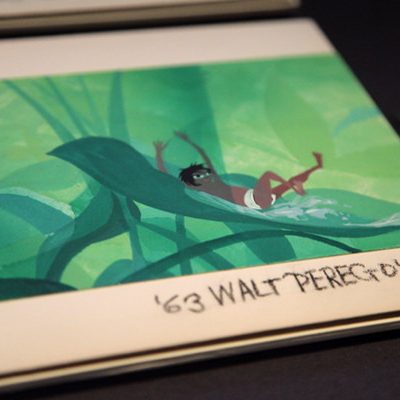
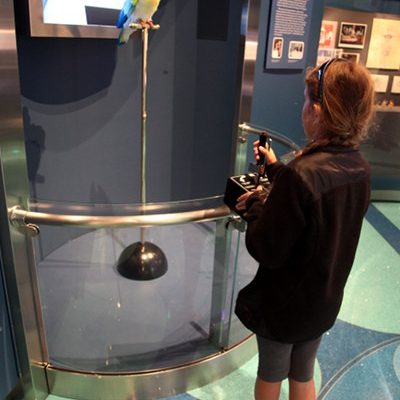
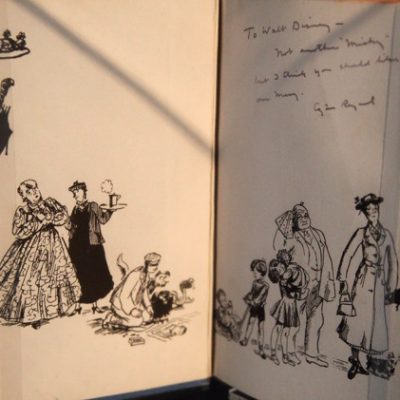
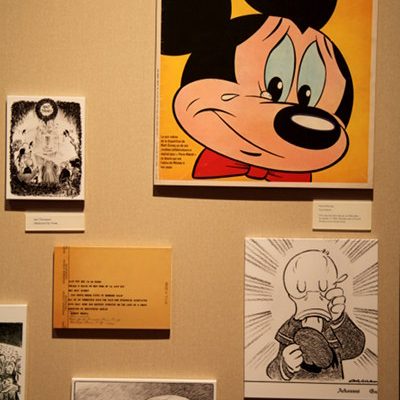
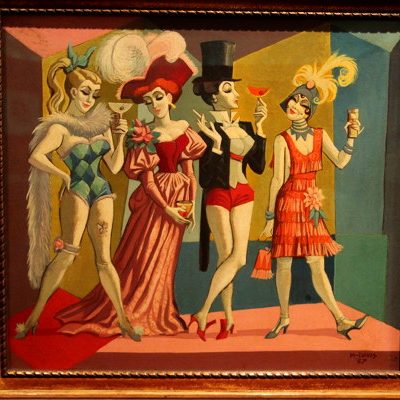
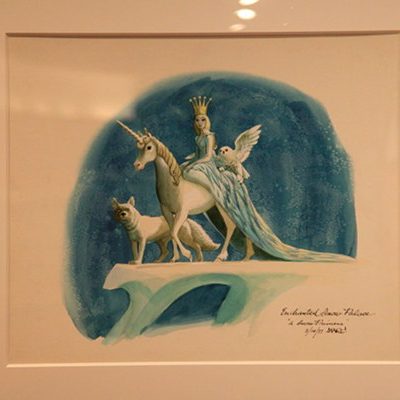
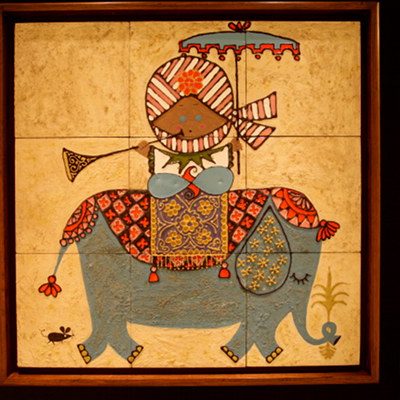
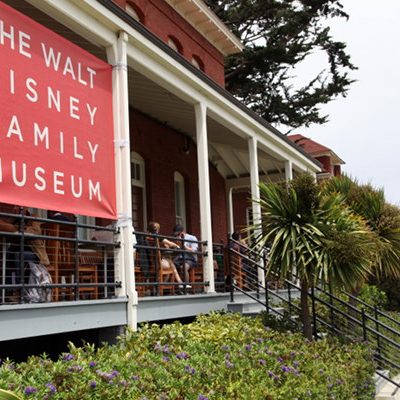
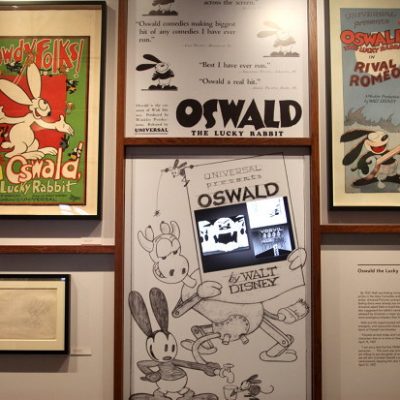
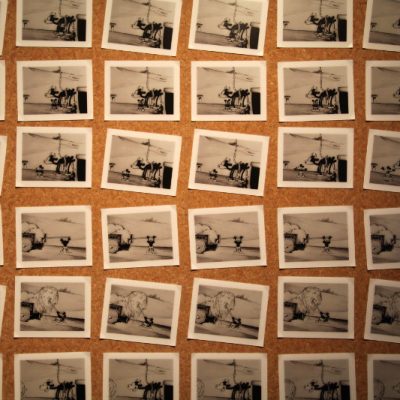
I find it interesting that 3 men who profoundly influenced american culture in the 20th century were all Red Cross ambulance drivers during WW1. Walt Disney, Ernest Hemingway and Ray Kroc. Disney and Kroc served in the same regiment and Hemingway and Kroc were from the same area of Chicago.